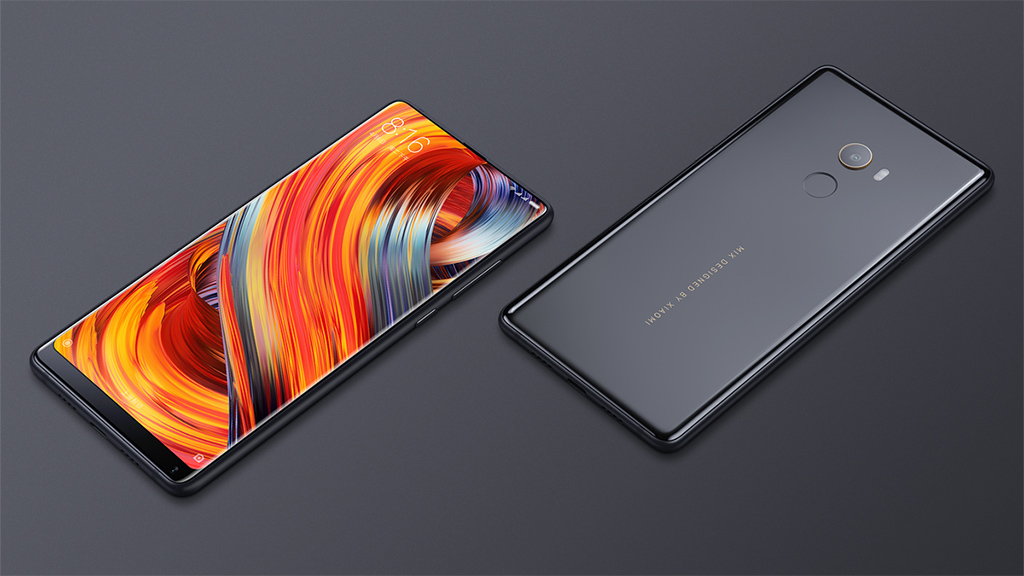Xiaomi and Huawei drive smartphone growth as Apple and Samsung chase revenue
International expansion sees Xiaomi sales rise by 129 per cent

Saturating smartphone markets meant the only manufacturers to enjoy growth during the first quarter of 2018 was the Chinese pair of Huawei and Xiaomi.
According to figures from IHS Markit, Huawei remains the world’s third largest smartphone maker, commanding 11 per cent of the market and shifting 39.3 million units – an increase of 14 per cent year-on-year.
However Xiaomi recorded an astonishing 129 per cent rise, selling 29.3 million units and securing eight per cent of the market.
Smartphone sales
Chinese phone firms have done well in their domestic market, where low cost and the absence of brand loyalty has allowed multiple new entrants to flourish, but there are signs that even here there is saturation
Fifth and sixth position are held by two other Chinese firms Oppo and Vivo, but neither have been able to expand beyond their homeland. This is in contrast to Huawei, which has enjoyed success in many countries and critical acclaim for the high end P20, and Xiaomi, which has successfully targeted other parts of Asia.
Meanwhile, ZTE’s future smartphone prospects could be damaged by a component and services sales ban in the US. It currently sits in ninth position.
“Oppo and Vivo have established strong brands in China, where they are able to sell both mid-range and high-end smartphone models,” said Jusy Hong, director, mobile devices, at IHS Markit.
Are you a pro? Subscribe to our newsletter
Sign up to the TechRadar Pro newsletter to get all the top news, opinion, features and guidance your business needs to succeed!
“As a result, smartphones sold by the two brands internationally were mainly from their low-end lineups, which impacts overall profitability. Oppo and Vivo have started to adjust their portfolio mix towards more profitable models. However, a return to double-digit growth will likely be difficult for these two brands, without international expansion beyond Southeast Asia.”
The market as a whole increased by 2 per cent to 345.5 million, with Samsung and Apple retaining the top two positions. Samsung shifted 78 million handsets and has 22 per cent of the market, while Apple sold 52.2 million and has 15 per cent.
Both saw volumes decrease, however the value of each sale rose thanks to Samsung’s focus on high-end models and the launch of the iPhone X.
Last week Samsung revealed strong sales of the Galaxy S9 led to “considerable growth in earnings”, with profits reaching £11 billion during its first quarter.
Apple has also released healthy Q1 sales figures, but it now stocks nine iPhone models and sells more older handsets than ever before, something which could impact its balance sheet in the future.
Other manufacturers to make up the top ten include LG, Motorola and TCL-Alcatel.
- Check out the best mobile deals for May 2018
Steve McCaskill is TechRadar Pro's resident mobile industry expert, covering all aspects of the UK and global news, from operators to service providers and everything in between. He is a former editor of Silicon UK and journalist with over a decade's experience in the technology industry, writing about technology, in particular, telecoms, mobile and sports tech, sports, video games and media.